Transcript:
[0m:4s] Hi I'm Josh Bloom, welcome to another video in the RSP Supply education series. If you find that these videos are helpful to you, it certainly helps us out if you could give us a big thumbs up and subscribe to our channel.
[0m:15s] In today's video, we are going to be talking a little bit more about electrical jumpers.
[0m:21s] If you have not seen some of our other videos where we talk about what jumpers are used for and the different kinds of jumpers, we will link those in the description below. For the purpose of this video, we want to focus on a few tips and tricks that you can use when using jumpers to make wiring a little bit easier, especially in industrial environments and in control panels. To briefly recap: jumpers are intended to act as a wire replacement in areas where there are several points that need to be connected and share the same common wire. For instance, it is not uncommon to have one main power wire that when a jumper is used can connect to many different terminals or connection points and when installed correctly, all terminal points will share one common wire which is dispersed to various terminal points the jumper is connected to.
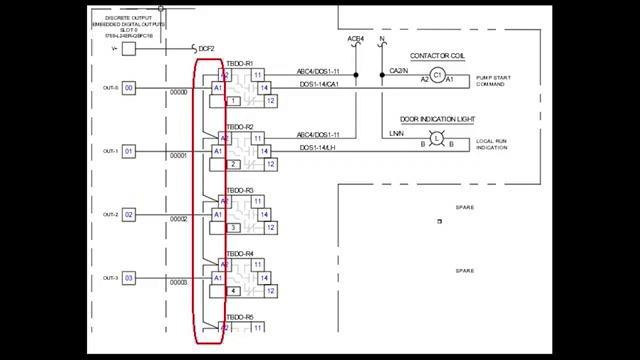
[1m:21s] Using jumpers can save a lot of time and headaches when wiring in tight areas or in situations where there are a lot of connections that need to be made with one common wire.
[1m:33s] Over the years, we have found a few simple tips to make using jumpers even easier and more effective in many different scenarios. So, let's get right to it. Number one: when using jumpers, it is okay to modify them to meet your needs.
[1m:51s] When jumpers come from the factory, they are most likely designed for a specific type of hardware.
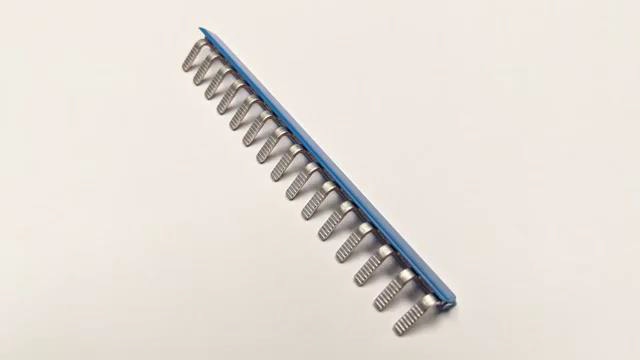
[1m:57s] And they are also designed to be used in such a way that they will connect to that hardware one right after another, like you can see in this specific scenario.
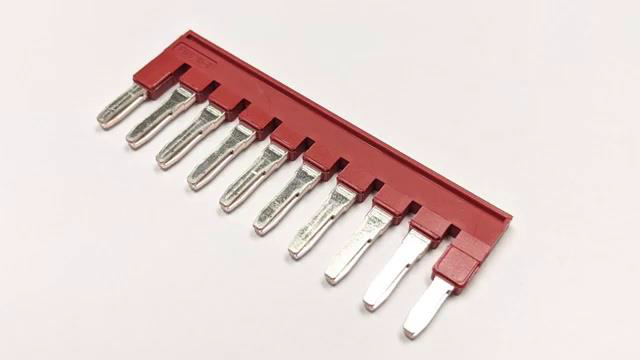
[2m:8s] However, you do not have to use jumpers in this way.

[2m:12s] Let's use an example where we are wiring two terminal blocks and we don't want to jumper all of the terminal blocks in one section, one right after another.
[2m:23s] Instead, we want to only jumper a few terminal blocks that are not located right next to each other.
[2m:29s] This can be done by modifying or breaking off the unwanted jumper terminal points. Simply break off however many sections you would like to skip,
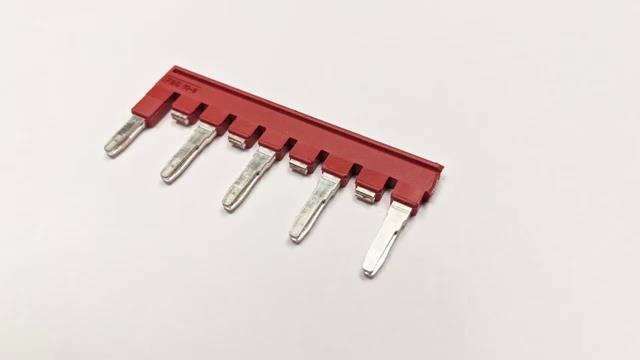
[2m:40s] and then insert the jumper as you normally would.
[2m:43s] By doing this, you can easily bypass the terminal blocks that are not intended to be Jumpered.
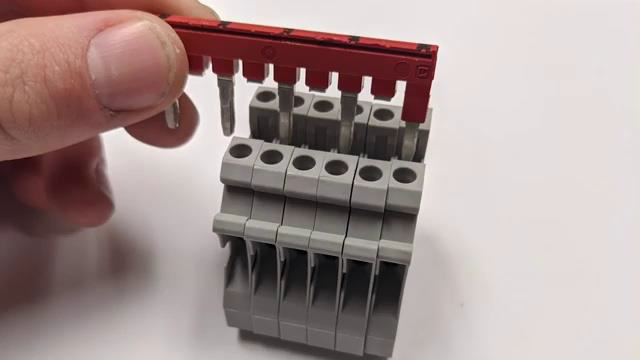
[2m:50s] This is a great way to save a ton of time and also ensures that your work stays nice and tidy, while also providing you the connection points you need for your client.
[3m:3s] Number two: choose colors that make sense.
[3m:6s] When ordering jumpers for your specific job, take time to think about what the jumpers are being used for, and then decide if it makes sense to alter the color of the jumpers that are being used. This is especially important in areas where different jumpers are going to be used in the same small area like a control panel.
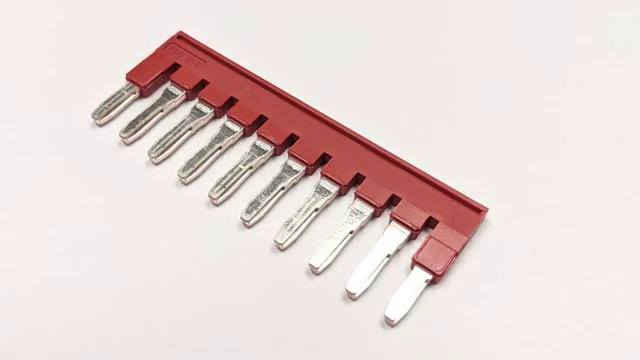
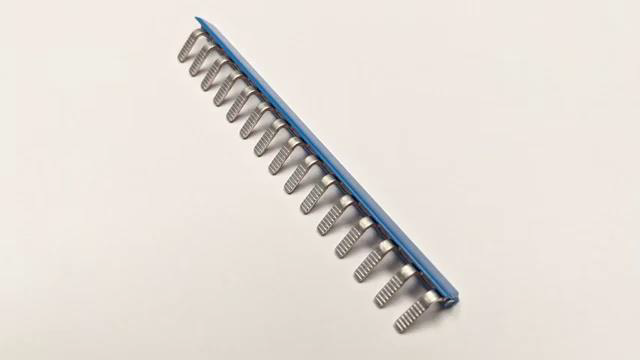
[3m:27s] For example, we have found that when jumpering AC power, we will use red jumpers, and when using DC power, we will use

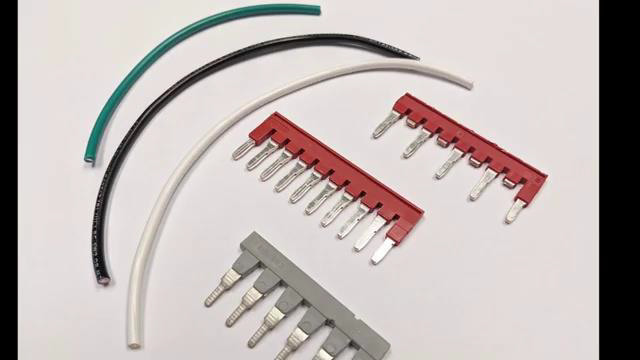
[3m:37s] blue jumpers.
[3m:38s] This is a very similar principle that you will see being used in regard to wire color.
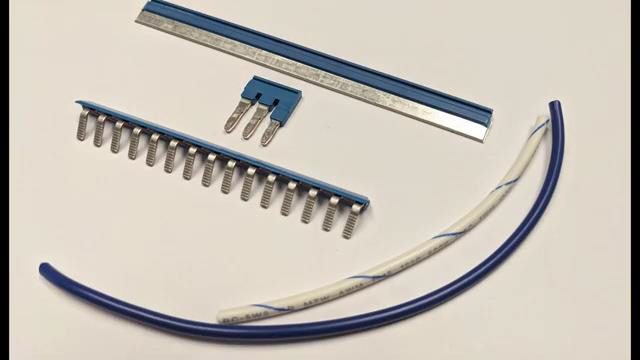
[3m:43s] By changing the color of your jumpers to meet different needs, it allows the operators to more easily identify different circuit types which ultimately leads to a safer electrical work environment.
[3m:56s] While this method is not required by code, it is best practice and should be done whenever possible. Number three: make sure to tighten your terminal connection points.
[4m:9s] When installing jumpers, it is very important to make sure that each terminal connection is tightened securely to the terminal point to ensure good electrical continuity.
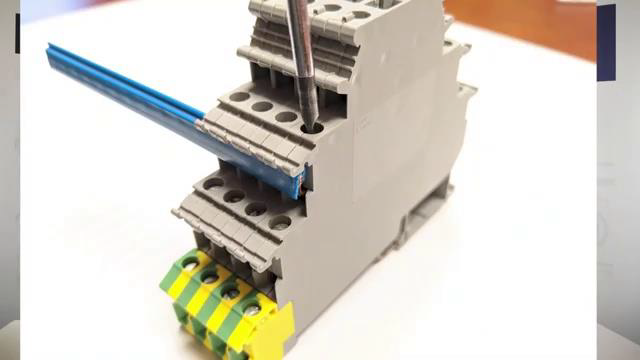
[4m:22s] When installing jumpers in sections where there are many connection points right in a row, it is not uncommon to miss tightening one or more of these terminal points.
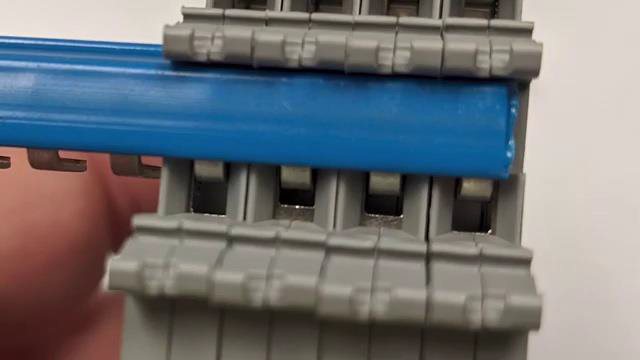
[4m:34s] This happens because when at least one or two of the points have been secured, the jumpers will no longer move and feel like they have been installed correctly.
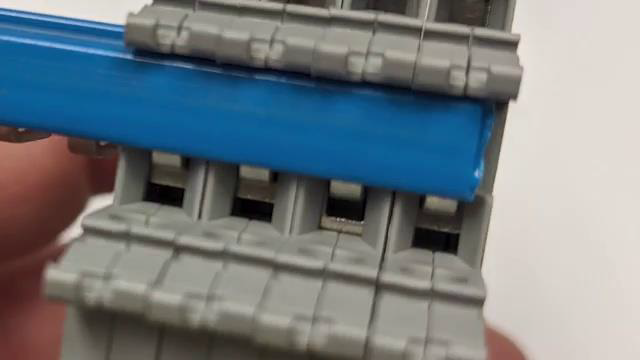
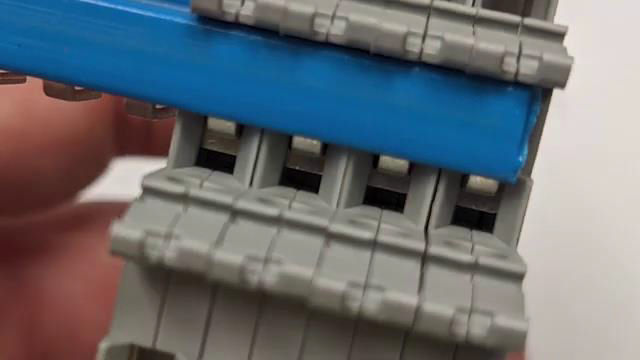
[4m:45s] However, when testing is done later on, you will find that by not securing all connection points,
[4m:52s] intermittent continuity will occur at many of your terminal connection points.
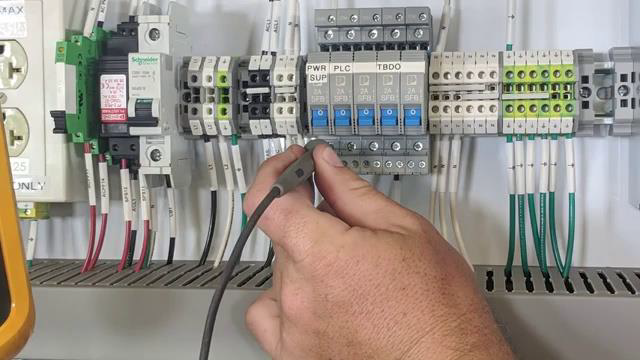
[4m:57s] This is a very easy thing to overlook and can cause all kinds of problems later on. Trust me on this one. I know, from personal experience.
[5m:6s] So, make sure to secure all terminal connections where your jumpers are located. By following these few simple tips using jumpers for your job will hopefully be more helpful than they may have already been before.
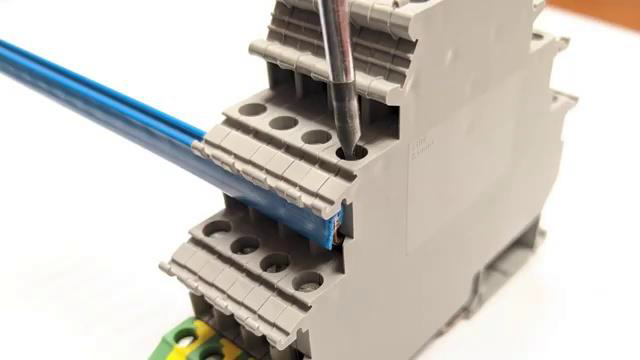
[5m:21s] In no way are these the only tricks we have found or that exist, but these are a few that we think should be able to help you in using this type of hardware.
[5m:31s] For a full line of jumpers and thousands of other products, please go to our website. For more information or other educational videos, go to RSPSupply.com, the Internet's top source for industrial hardware. And, don't forget: like and subscribe.




